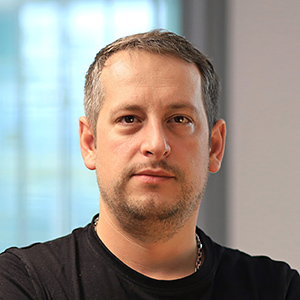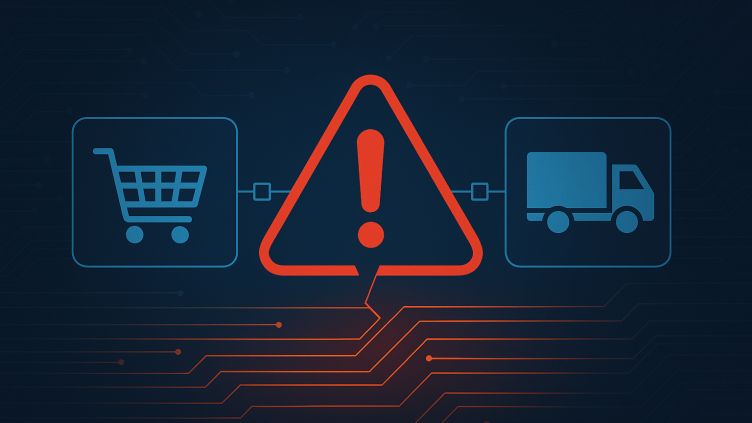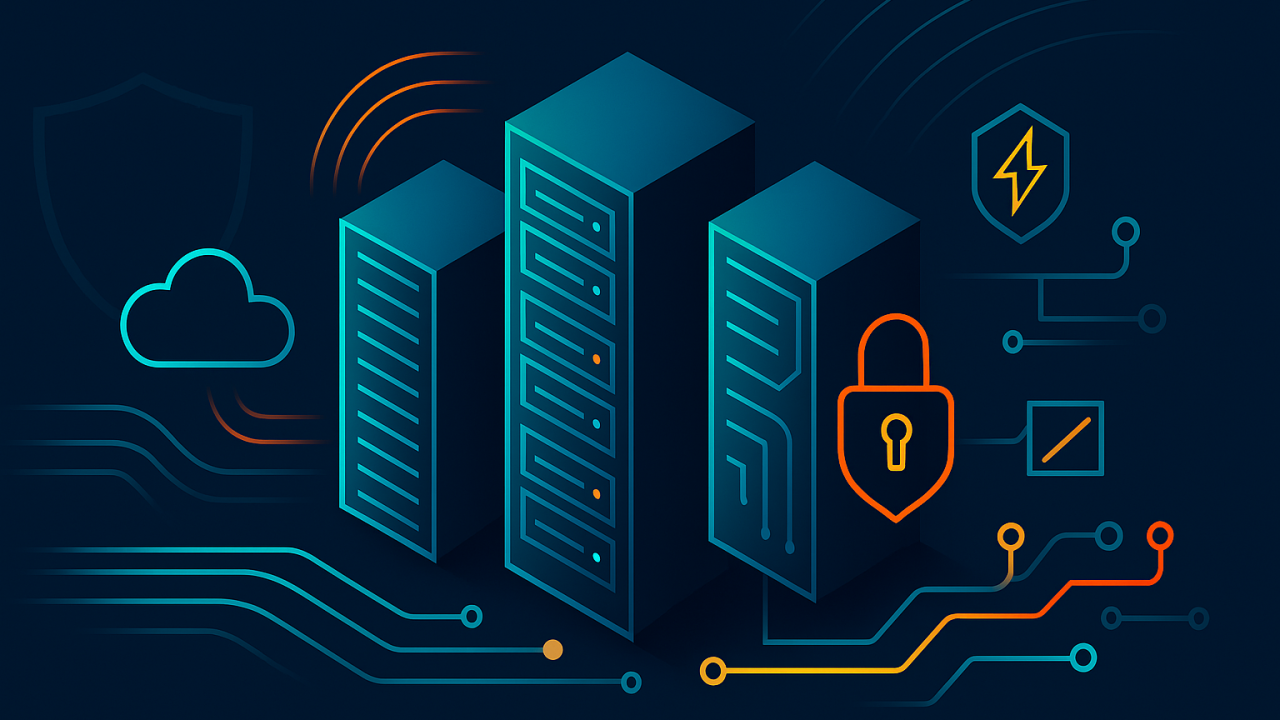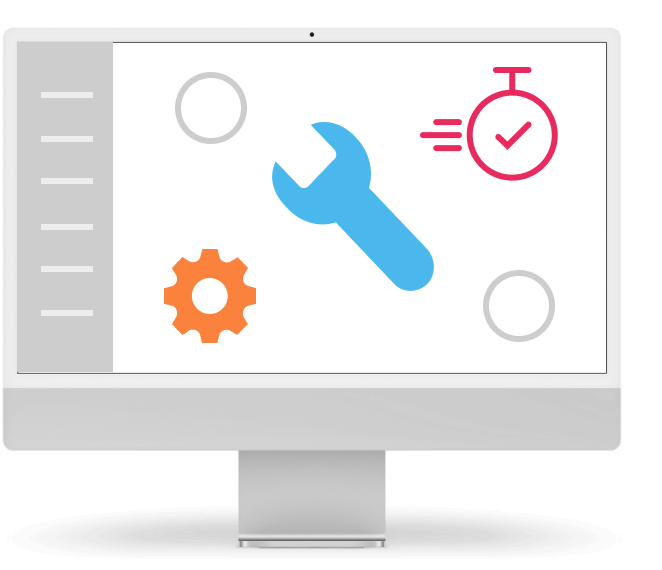The gap in cloud education I How to help the company stay one step ahead
As technicians, do you sometimes long for the days when you just had to learn something and that was enough for everything? We simply knew how to handle bare metal and thanks to that we were able to do IT fully and in the long-term.
But that is already in the past. The era of great and rapid technological progress also brought with it high demands on the specialization of employees, including employees. And considering that the functioning of our companies often rests on us – who can move without IT today – then the question is how to manage this trend and not be left behind.
For this topic I have selected the following areas:
- Strategic choice of IT environment
- Certification and training programs
- Self-education
- Balance between knowledge growth and retention
It looks like a mix of economic, technical and personality perspectives, so a hodgepodge that is actually mostly not beneficial to technicians. But as IT guys, we are group creatures – we need a good team and we don’t like change. So in order to maintain the environment that suits us the most, we need to help each other and at the same time support the proper operations of the company.
Strategic choice of IT environment
That this tends to be the domain of managers? Yes, it is true that the manager has the final say on the matter. But he is not an expert in the IT environment and architecture, so his final word must be backed by good information. And only we as experts can deliver them.
Why are we talking about this in relation to cloud education? Because a poorly chosen IT infrastructure means more difficult training and keeping up. When your company chooses the right infrastructure with regard to requirements and ideally takes into account the difficulty of training, then the final selection is not only in line with operational needs, but we as students know exactly what we will have to learn.
Certification and training programs
It may happen that an employer or customer requires an official certification that confirms our ability to handle a certain technology. This requires training and passing tests.
I know, for us it’s mostly about learning by using technology, but in this case it’s important to understand why this is important. It is not so much that the certification ensures our knowledge, but rather points out that we understand the logic and philosophy of the given service.
We’ve probably already come across that what provider is probably a different glossary of terms. In IT, it is more and more common that the terms are not unified, so it’s a case of talking at cross purposes.
Learning with the environment is actually a secondary matter, first of all it is up to us as technicians to understand what internal language of the provider the technology speaks to us.
Self-education
And with the previous point, we smoothly arrive at the fact that on our shoulders there has been and always will be progress in understanding with the time we set aside to advance our knowledge. It is good that we also discuss this part with the management, because it is necessary for them to understand why we “don’t work” part of the working time.
We have two options in this area. If we are equipped with the language, we can draw on a lot of materials on the Internet that are free. But they require English. Or we can use courses in Czech, which are often not free.
Balance between knowledge growth and retention
This is probably the biggest problem. Often it is not difficult to explain that we need to move in understanding to new technologies, it is difficult to explain why we are “wasting time” with the old ones. But IT also needs to be maintained. Once we have selected some infrastructure, we need to maintain it.
Why are we talking about this?
As IT guys, we have a lot of work to do. And quite often we only get to the gaps in our education when something goes wrong and we need to deal with a problem. But continuous education is the key to the healthy functioning of the company and us as employees. It’s just that it’s often forgotten because it doesn’t bring immediate visible results.





